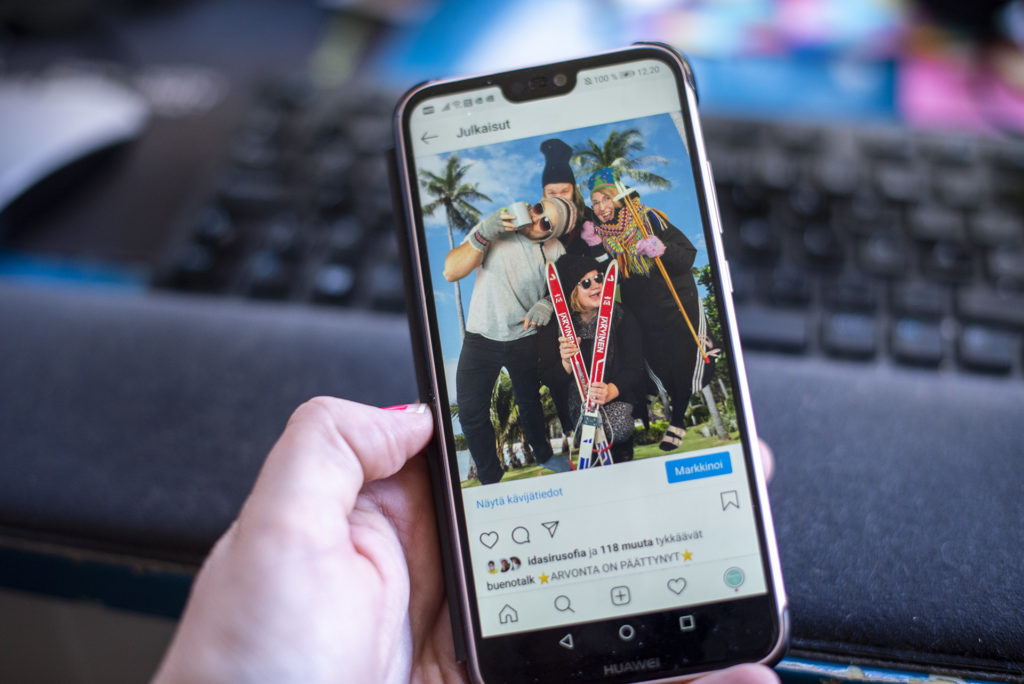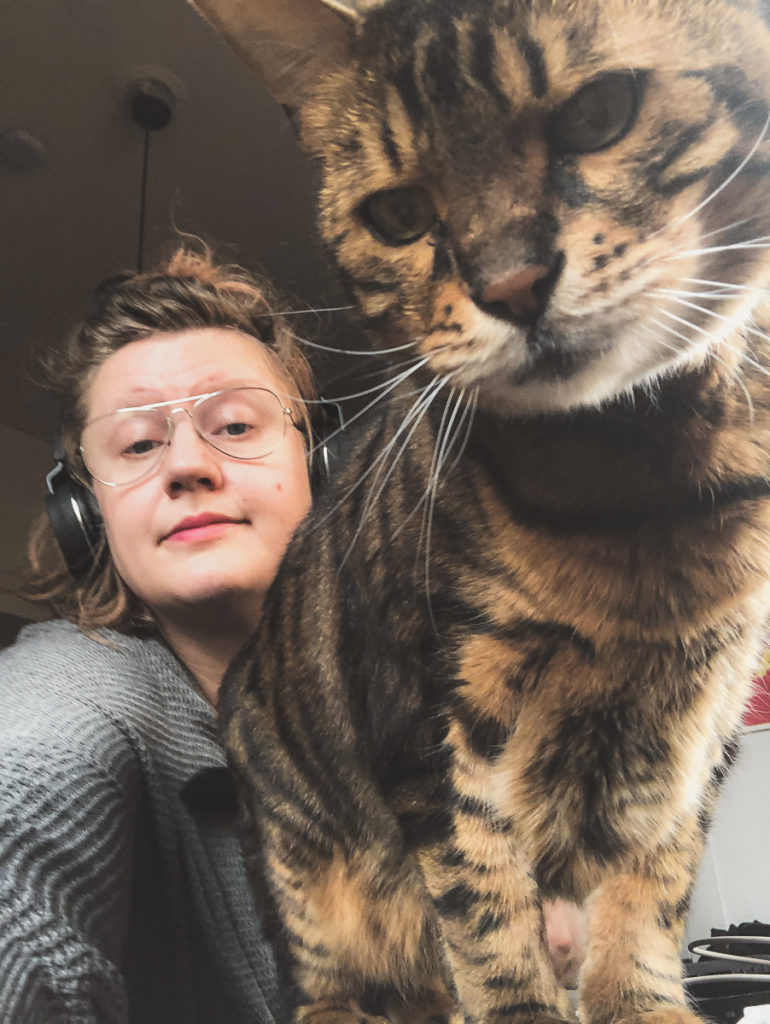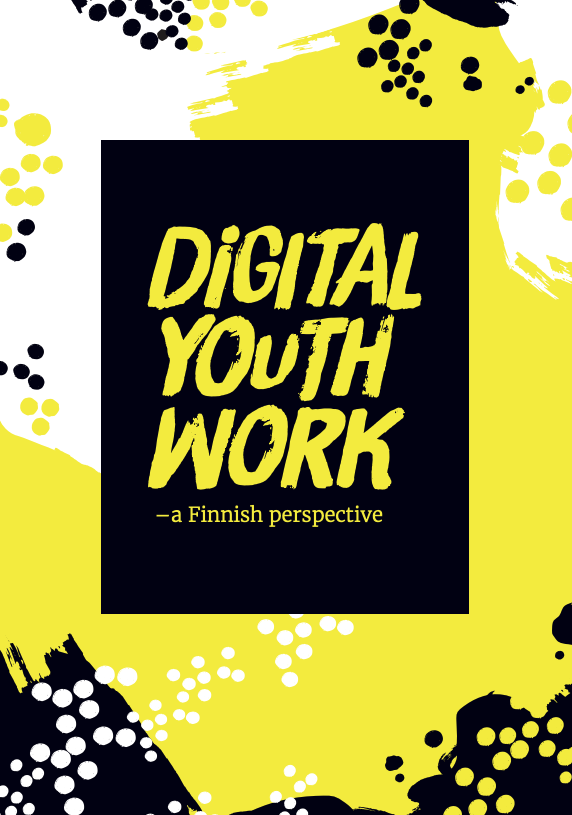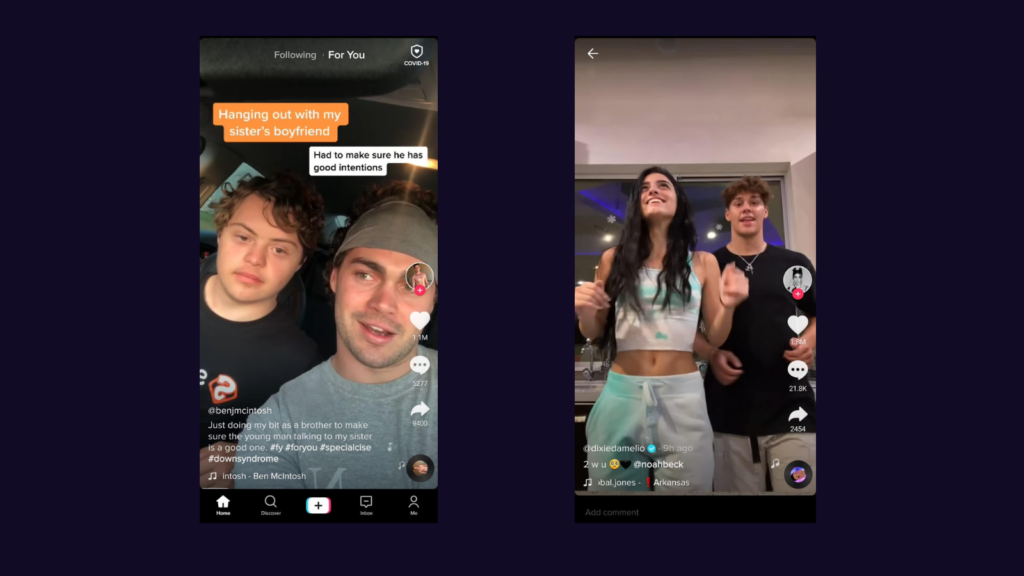Hundreds of new social media content producers have recently joined others addressing young people. Welcome on board! I have worked as an online pedagogue for nine years at the Finnish Association for Substance Abuse Prevention (EHYT). During that time, I have tested many ways of meeting young people online. Monitoring and assessment and the occasional bouts of exasperation have always been part of organisational work. This blog post summarises a few of my thoughts from the past years.
One reason for compiling statistics is that the information helps us discern long-term trends and grasp where we stand right now. What interests us at EHYT is how our activities benefit young people and how we could succeed in our work even better. Our funders also want to see proof of the benefits of online activities.
In this blog, I will be discussing my favourite tool, Instagram. However, the ideas apply equally to other platforms, such as YouTube, Snapchat, TikTok and Discord. Monitoring and assessment boil down to an attitude and a way of thinking; it is just the platforms that may change. Feel free to adapt my thoughts according to your needs.
Prepare for changes in the methods of compiling statistics
I strongly emphasise that when you operate on commercial platforms, you must prepare for various changes. As Suvi and Heikki wrote in an earlier blog post, the statistical tools provided by social media services have been created with communication, not youth work, in mind. If you only rely on social media statistics, you will not measure how you achieve your own activities’ core objectives.
The statistics provided by social media vary depending on the service, and they often change within a single service. For example, Instagram has repeatedly revised the data it provides to service users. Instagram explained that its test of hiding likes was prompted by the need to protect users’ mental health. According to the more cynical commentators, the move was more likely related to a decrease in ad revenue. If influencers cooperate directly with companies and bypass ad agencies, Instagram loses ad revenue, which obviously irritates it.
Because of these sudden changes in the provision of statistics by social media services, I recommend that you find other ways to determine the usefulness of your activities.
[image] Raffles may be a way to boost activity, but also in the wrong target group.
Goals found in the action plan
Before you begin to compile statistics, consider the goals you wanted to reach with social media services. Are they, perhaps, the same goals as those set for face-to-face activities with young people? The core of statistics lies in the goals. What does your action plan say about this? Then determine what information is important for you, your organisation and your funder. In particular, think about how you can make this information visible.
The action plan for my own work concerning the prevention of substance abuse among young people reads as follows:
Supporting the development of young people’s values and attitudes and helping them find balance in life: the @Buenotalk Instagram account addresses the life of young people in a fun way and provides accurate, useful information about intoxicants, gaming, life and youth. Young people learn about critical thinking and get support for their interaction skills. The content supports the participants’ self-esteem, challenges the brain and inspires young people to analyse the factors that affect their own well-being and substance abuse as well as that of their circle of friends.
When you set goals for your social media activities, consider what you want to achieve in your target group and how you can do this on your chosen platform. You can set different goals for content and adapt them to social media. In my own work, I have broken down the goals for Instagram in the following way, based on my action plan:
- Learning new ideas,
- Having a good time,
- Getting a young person to think about things,
- Providing information about activities,
- Creating a community,
- Building trust in a young person,
- Making myself more familiar
(image) In the case of the Buenotalk account, pictures featuring identifiable and familiar people get the most attention.
How do I measure success?
The information available on users and likes varies depending on the social media platform. It is relatively easy to compile information on the number of followers, views and likes, and comments for different social media accounts. I call this the minimum level of statistics. This information indicates how many users have reacted to your content and engaged with them at least to some extent. But why do I call this the minimum level? Because I do not believe that the information gives you all that good a picture of how you are really doing – but it is a good place to start. It is all too tempting to report only these easily available figures and then keep posting. However, if you want to find out more about your activities’ benefits and the people who follow your content, please continue reading.
If your goal is to get 100,000 views for a post, I suggest using marketing on Instagram and Facebook. You can achieve this degree of visibility for a surprisingly small sum of money. But does it make any sense? The fact that someone sees your content does not necessarily mean that the content has impacted the person. Depending on the reporting method, you can easily reach impressive figures. If instead, you attract 100,000 young people from your target group to your website or account, that is a much more significant achievement.
If the goals I listed for my own Instagram efforts resemble your goals more so than someone simply seeing a picture you post, how do you measure whether you have achieved your goals? How do you check whether a young person has had a good time, stopped to think about things or, perhaps, learned something new? The short answer is that you can only make an educated guess of your efforts’ benefits because young people do not always provide feedback, even if you and your funder sorely need it.
I firmly believe that you will get interesting information about your activities by listing a set of measurement methods for each individual goal. The minimum-level data are quite easy to come by, but you will have to search for the more interesting information manually. This takes time, but it is also rewarding.
If you have a clear table where you collect important figures, you get better acquainted with your audience and understand which content works for your followers. The following outline is based on my own goals. There is no need to report these throughout the year. Instead, you can choose a review period lasting anywhere from two to four weeks during which you pay attention to and observe how many young people:
Steer development in the right direction
If you have an open account, you should monitor how many of your followers belong to your target group, that is, whether you are reaching the people you want. (You can get this information from Instagram if you have a corporate account) If your followers do not belong to your target group, what use do you have of reporting their likes? If your followers belong to the wrong target group, plot out a new direction for your future activities and devise methods to help you reach your goals.
Youth workers normally do not become superstars with millions of followers among young people. Set realistic goals for the number of followers and determine which areas you can develop in. To get an idea of suitable figures, you could check how many potential young people you can reach in your municipality or activity. Then be a realist and take it down a notch.
If you wildly follow other Instagram accounts, your feed may soon be filled with content from other professionals, and because of the algorithm, you won’t be able to see what is going on with young people. My tip is this: I follow back but I mute content from other professionals. This keeps my target group – young people – visible to me, and it is easier for me to interact with them. However, do seek inspiration from other users.
When you focus less on data on the number of events, the volume of communication, the number of visits and the number of participants, you become better acquainted with your followers. You also get a better grasp of the goals you set yourself. Social media services were not designed for youth work, so educated guesses must sometimes be enough. To ensure that silent knowledge of what works and what doesn’t is not in possession of a single employee, make sure to record everything.
Focus on interaction, not on likes!
Follow the BuenoTalk account on Instagram! Did you know that our videos’ topics are based on questions that young people ask on the Buenotalk website? We publish these videos weekly on YouTube.





